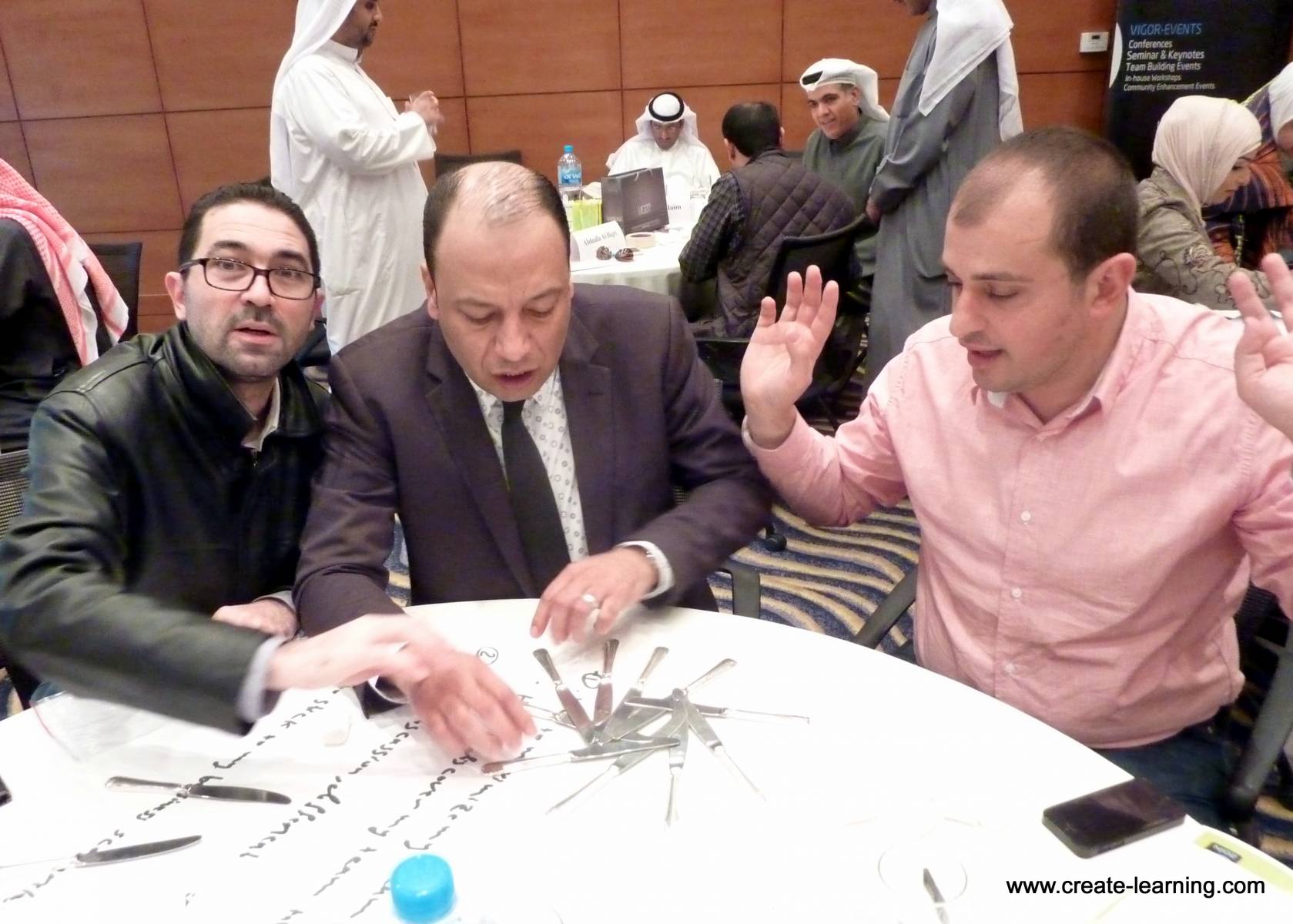
Working with a Senior Management team they wanted to develop Team Norms for themselves. Following a philosophy of finding what is working to attract and what is not working to repel – we led a series of interviews and had each of the management team members’ observe the team in action.
The team norms began with a list of things:
- Be on time for the meetings
- Respect the agenda
- Let others finish
- Repeat what you heard the other say before disagreeing
- Alert the group to any project/task that will be early, late, better or worse than expected
- Your first response will be in the form of a question
- Cell phones turned off
- Failure is acceptable
- Not admitting your challenge to the team early (so the team can help) is not acceptable
This list is typical within teams.
Through discussions, we came to understand that many of the norms we listed were outcomes/effects of a good team, not inputs/causes.
When a team is working well you see people listening, arriving on time, asking questions, having high trust, showing support. How do we create norms for inputs / causes that make a team good?
How can a management team develop norms that are observable by others and applicable to the context of teams work?
Running with this we proposed two meta-norms serving as boundaries that are enablers or possible causes of good teams.
- Members take an active, as opposed to passive or apathetic, view of the current environment. Readily observing the environment and discovering, uncovering, co-creating their strategy to match the environmental conditions. (A team’s strategy is a set of choices members make about how to complete the tasks/goals)
- The behavioral boundaries will be loosely defined – agreeing and identifying the minimum behaviors that members must always do and those they must never do.
The first lessons the chance that a single member will manipulate the team into their own desired direction that may not be appropriate for the task/goal. Plus, that members notice the current environmental opportunities and obstacles, making it difficult for the current environment to be ignored or surrendered for some ideal Utopian state.
The second lessons the chance that a team will be perceived as underperforming or “bad” by violating the regulations or constraints established by the organization they are working within.
Using these meta-norms that are extrospective (outward viewing) develops team performance that is thoughtful and evolving to the current environmental conditions. They also provide an opportunity for norms to be developed as needed along the way to create and sustain team performance.

